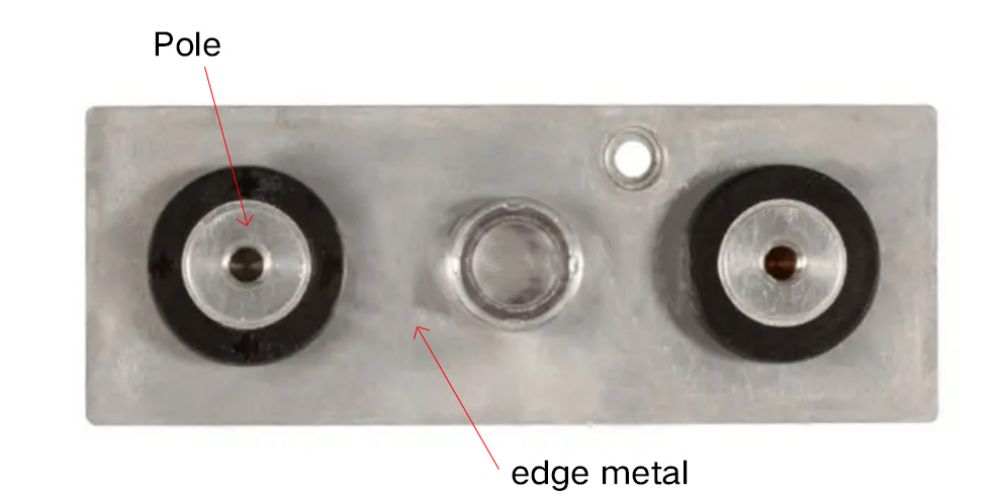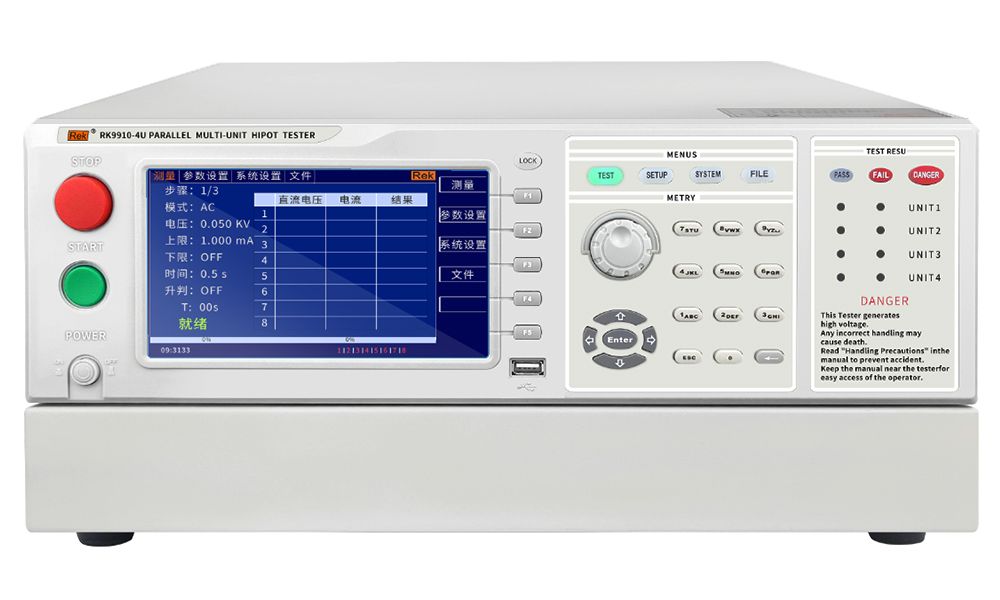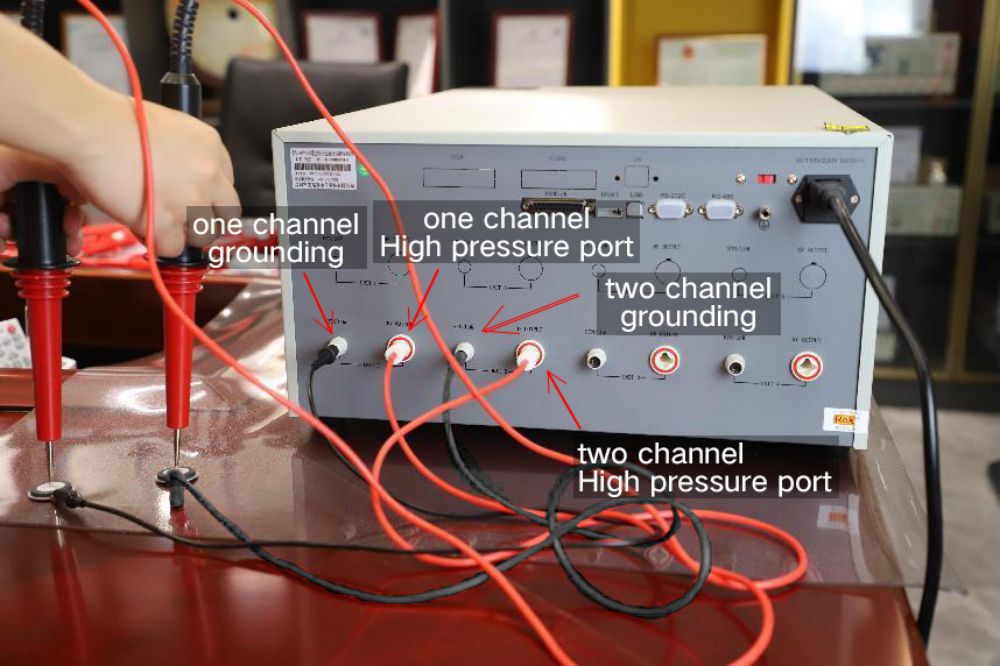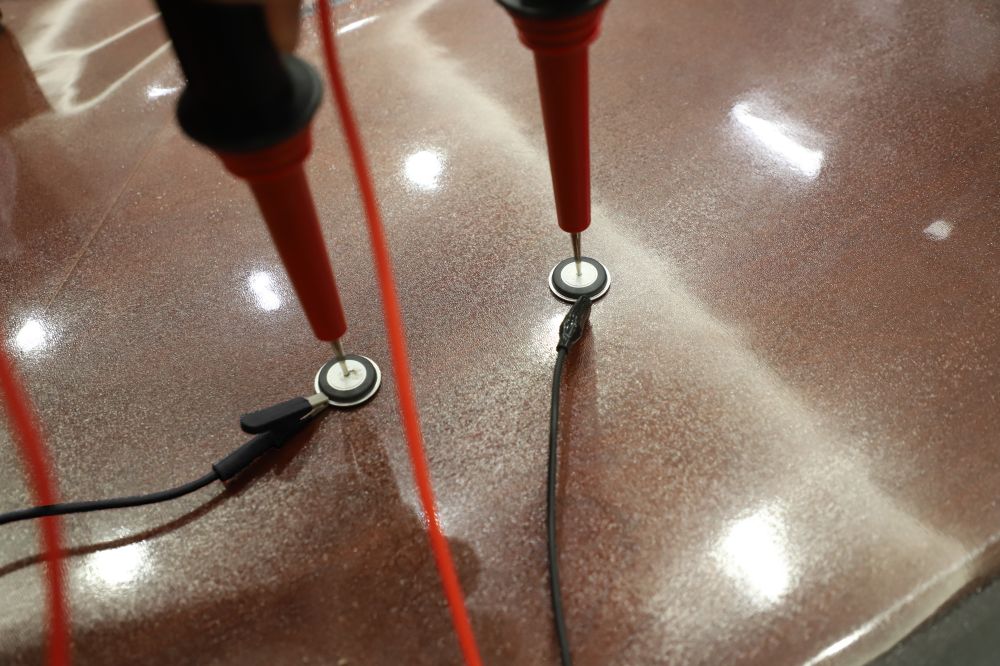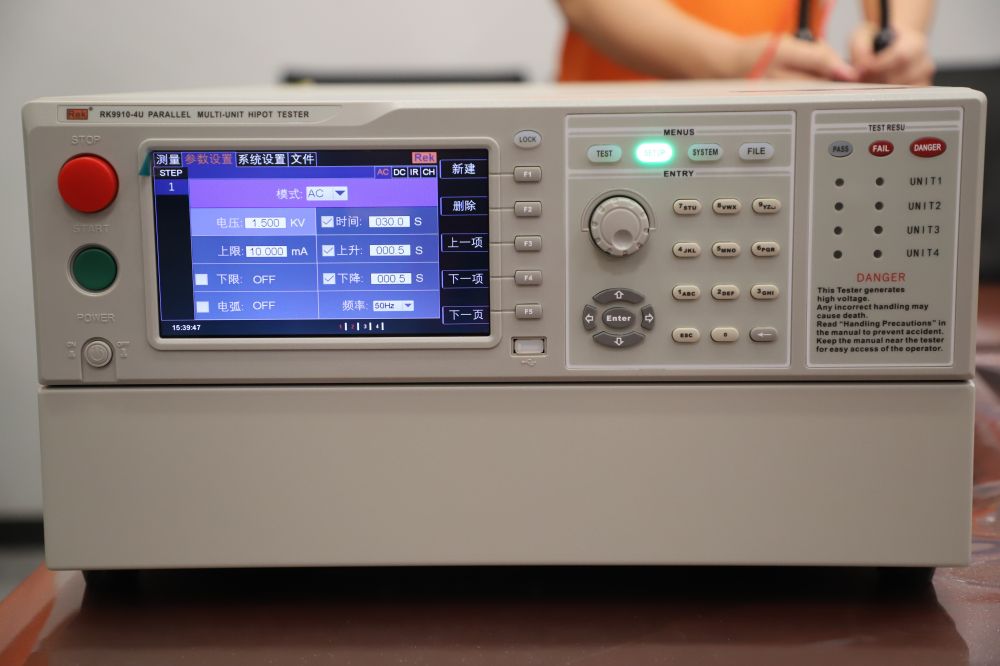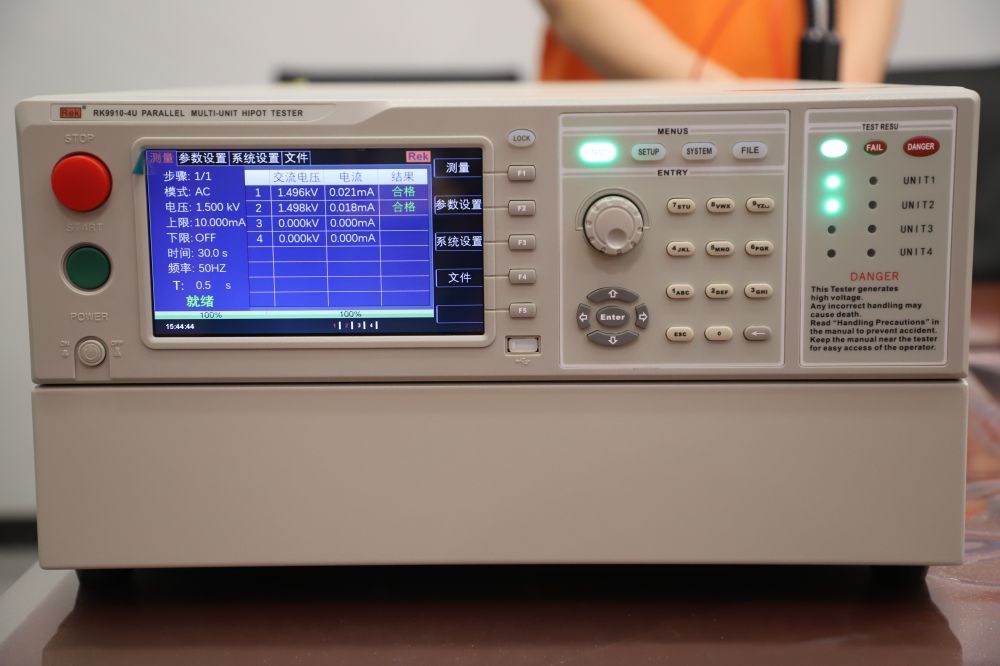First, the definition of battery cover plate:
Battery cover plate is a new type of battery technology that produces electricity through a series of chemical reactions. It has the advantages of high efficiency, safety and environmental protection, and is a new technology to replace traditional batteries.
Second, the working principle of the battery cover plate:
The working principle of the battery cover plate is to generate an electric current through a chemical reaction to make the device work. Its internal components include electrodes, electrolytes and diaphragms. When a chemical reaction occurs in the chemicals in the electrode, electrons flow from the anode to the cathode, generating an electric current.
Third, the application field of battery cover plate:
Battery cover plates can be widely used in mobile devices, new energy vehicles, wireless communications, solar power generation and other fields. Benefiting from its high efficiency, environmental protection and low cost, battery cover plates have broad application prospects in the future.
Fourth, the advantages and disadvantages of the battery cover plate:
The advantages of battery cover plates are pollution-free, high efficiency, long life, high safety, low manufacturing cost, etc. The disadvantages are larger size, heavier weight, and longer charging time. When using the battery cover plate, it is necessary to choose the appropriate battery cover plate according to the actual needs.
V. Future development trend of battery cover plate:
With the popularity of electronic products, the demand for battery products is increasing, and the development prospects of battery cover plates are becoming more and more broad. In the future, the battery cover plate will be thinner, more efficient, long life, environmental protection, etc. At the same time, it will continue to expand its application fields and become an indispensable technology for various equipment.
Application scenario examples
New energy-battery cover withstand voltage test:
Test the degree of pressure resistance between the pole and the edge.
Test parameters: AC1500V, 30s, leakage current 1MA upper limit.
Test result: No breakdown and flashover.
Safety protection: the operator wears insulating gloves, the workbench is laid with an insulating mat, and the instrument is properly grounded.
Operator posture: pre-job training, skilled operation of the instrument, can basically identify and deal with instrument failures.
Optional instruments: program-controlled RK9910/20 series, program-controlled parallel multi-channel 9910-4U/8U.
Purpose of testing
The electrode and edge metal of the test product are formed into a circuit to test the voltage insulation characteristics of the product.
Test the process
1. Connect the high-voltage output of the instrument to the pole. The ground terminal (loop) of the instrument is connected to the edge metal.
Tested object-battery cover plate
matters need attention
After the test is completed, the power supply of the instrument can be removed to avoid faults and cause safety accidents.
Post time: Aug-30-2023

